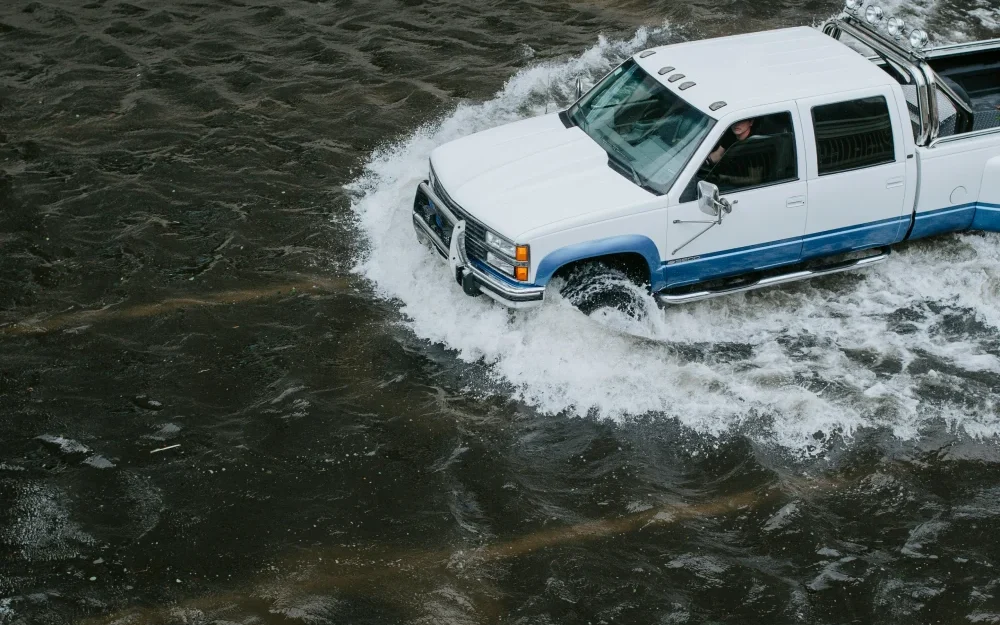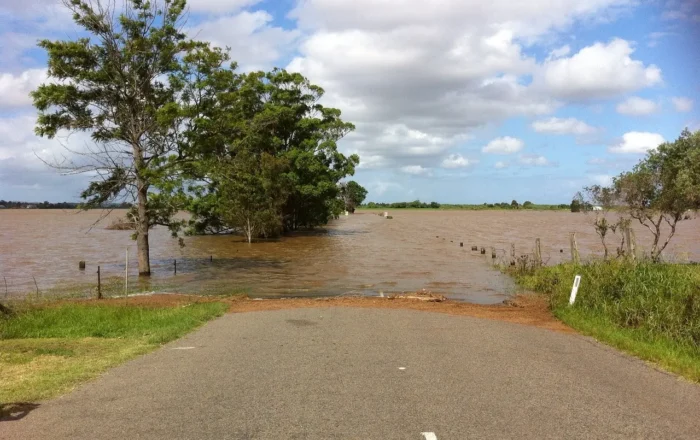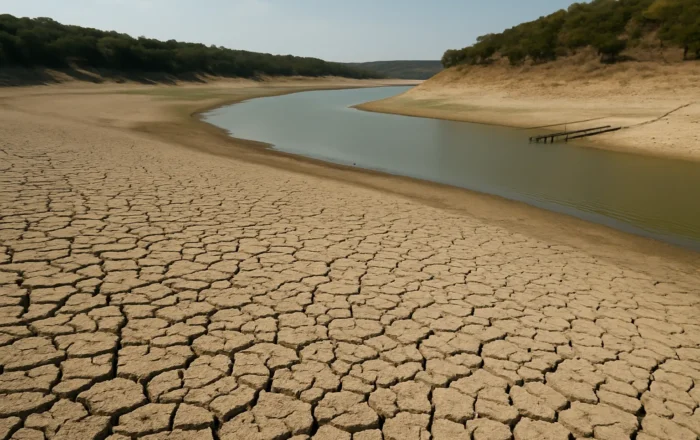What Causes Floods in Texas?
4 minute readFlooding in Texas is driven by heavy rain, hurricanes, rivers, and rapid urban growth, making it one of the most flood-prone states in the nation.
Home > BKV Energy Blog > All Posts > Hurricane Categories 1-5 Explained: What’s the Difference?
3 minute read • Last update July 2025

It’s essential to recognize the distinctions between the 5 categories of hurricanes. With a full of understanding of the hurricane scale and the damage each type of hurricane may cause, Texans can make informed decisions, ensuring the safety of their homes and loved ones.
Hurricanes are sorted into 5 categories based on their sustained wind speed. The higher the speed, the higher category, and the more dangerous and destructive the storm. These categories come from the Safir-Simpson Hurricane Scale.
Category 1 hurricanes create the least amount of damage. They can cause minimal damage to building structures like roof shingles, vinyl siding, and gutters. The wind is strong enough to break tree branches and uproot young trees with shallow roots. Damage to power infrastructure can cause outages for several days.
Category 2 wind speeds can cause significant damage to homes and buildings. Roofs, doors, and windows can require complete replacement. Winds will pick up loose objects outdoors and turn them into dangerous projectiles. Power outages can last several days or even longer.
Damage from category 3 hurricanes can be extensive. Structural damage to buildings may include wall failure. Mobile homes can be destroyed entirely. Larger trees can be uprooted or snapped. Power outages can last weeks after a hurricane of this strength.
After a category 4 hurricane, damage is expected to be devastating from the incredibly high wind speeds. More wall failures and roof collapses are expected. Regions hit by the most severe weather can expect power outages for weeks.
Category 5 hurricanes are the most catastrophic. Smaller buildings may be blown away entirely, with most homes and buildings experiencing complete wall and roof failure. Power outages may last for months after a storm this size.
Hurricane watches and hurricane warnings have slightly different meanings. A hurricane watch indicates that a hurricane is possible, while a hurricane warning indicates that a hurricane is expected. A warning is more severe than a watch.
There are several stages a storm goes through before officially being recognized as a hurricane that can be classified as a category 1 through 5 storm.
Learn more about the stages of hurricane development.
A solid understanding of the categorization of hurricanes underscores the need to be prepared for the upcoming hurricane season, as well as choosing an electricity provider that is ready to support its customers when the time comes.
Choosing BKV Energy ensures that your electricity provider will not only help you save money, but will be ready to keep you updated and supported during a potential disaster. Enter your zip code to explore plans in your area and discover the rewards and benefits with our Bluebonnet plan.
Graham Lumley, Digital Marketing Manager at BKV Energy, leads digital and traditional marketing strategies, focusing on educating Texans about the state's deregulated energy market. With over 8 years of marketing experience, he creates content to help consumers understand and save on their energy bills, bringing a fresh and dynamic approach to the industry.

Flooding in Texas is driven by heavy rain, hurricanes, rivers, and rapid urban growth, making it one of the most flood-prone states in the nation.

Texas has faced decades of drought cycles, but is the state still in a drought today?
Get $50 off your electric bill!
Use code BKVEJOINUS50
Enter your zip code to shop BKV Energy's affordable, fixed-rate Texas electricity plans. Use the promo code for $50 off your electric bill.